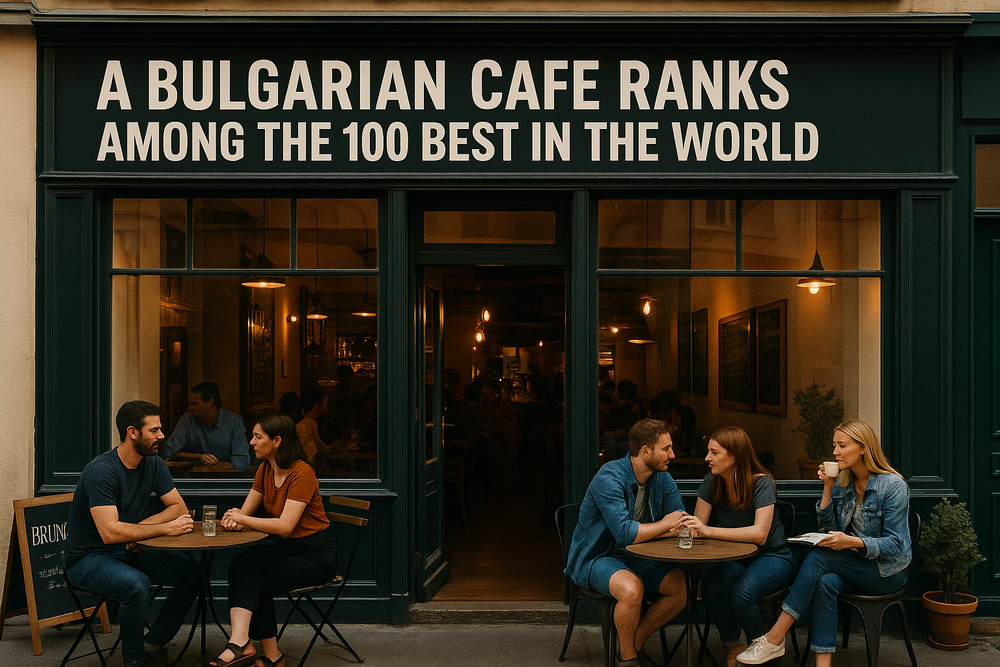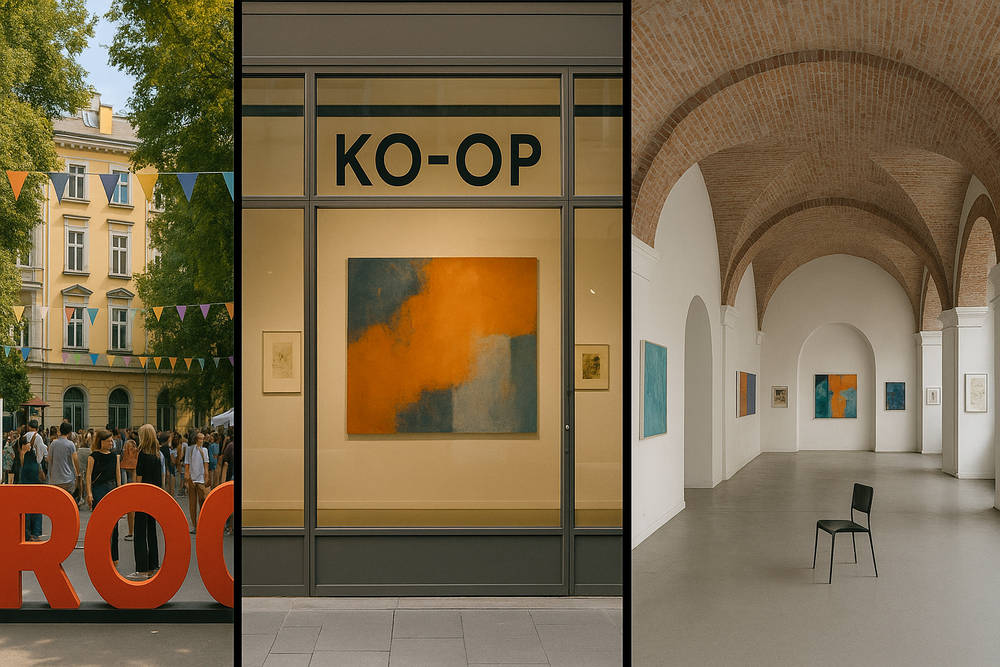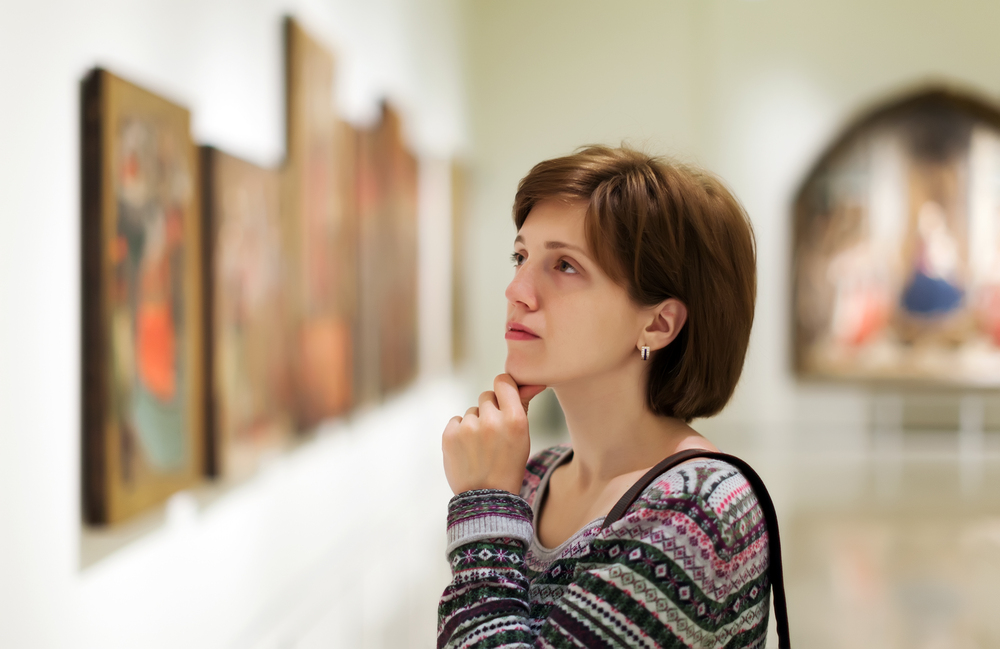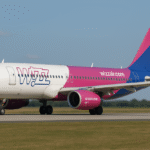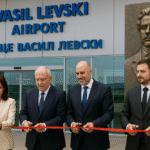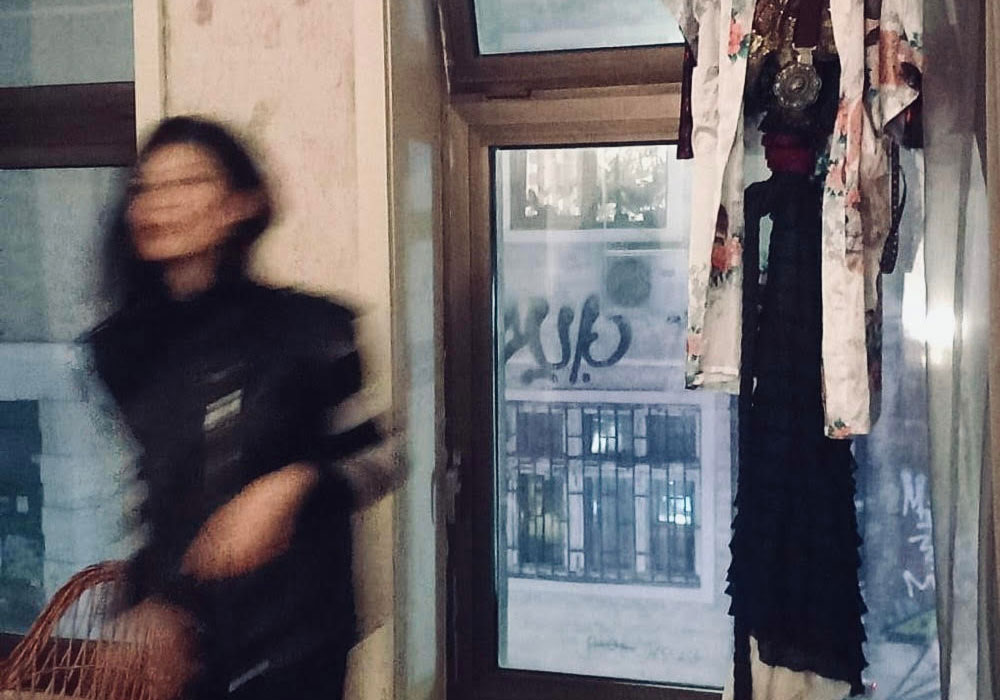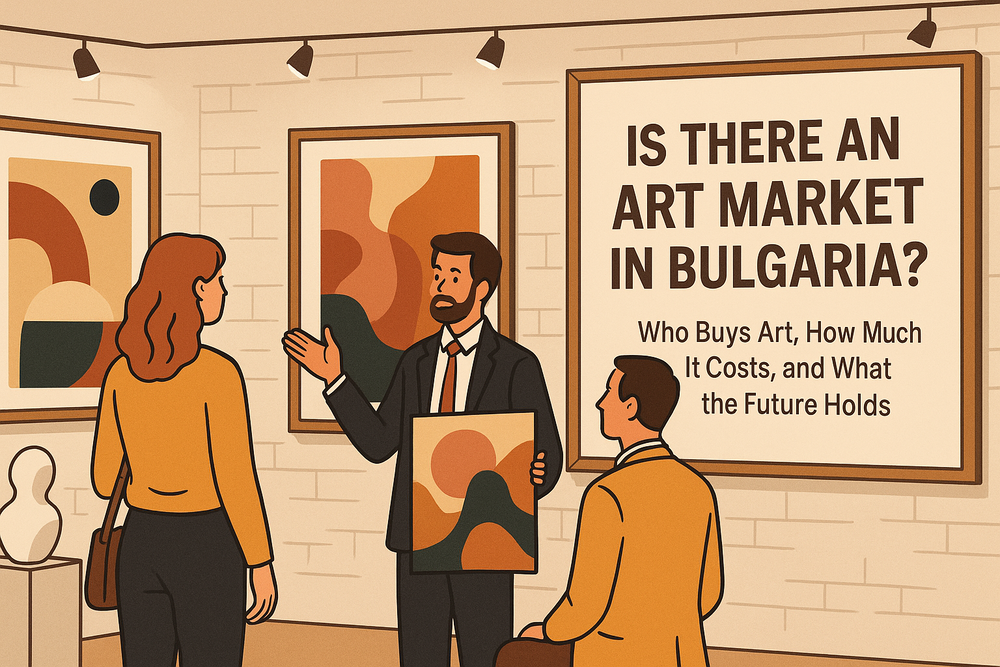
Over the past decade, Bulgaria has slowly but steadily begun carving out a place for itself on the map of the European contemporary art scene. While the country doesn’t yet boast an art market as developed as those in Western Europe, the question is no longer whether Bulgaria has an art market — but what shape it’s taking, who fuels it, and where it’s headed.
Who Buys Art in Bulgaria?
The Bulgarian art market is primarily driven by a mix of local collectors, foreign buyers, and increasingly, institutions. Private collectors in Bulgaria are a relatively small but passionate group, often composed of entrepreneurs, professionals in the tech and real estate industries, and members of the diaspora with a renewed interest in their cultural roots. Many of these buyers are focused on collecting works by Bulgarian artists, often with a sense of patriotism or a desire to preserve cultural heritage.
There’s also a growing segment of international collectors — mostly from Germany, Austria, the Netherlands, and France — who discover Bulgarian artists through residencies, art fairs, and gallery collaborations abroad. Some are attracted by the affordability of the work, while others are genuinely intrigued by the bold, experimental nature of contemporary art emerging from post-socialist Eastern Europe.
How Much Does Contemporary Art Cost?
Prices for contemporary Bulgarian art vary widely depending on the artist’s reputation, medium, and exposure. Emerging artists might sell works starting at €200–€500, with mid-career artists commanding prices between €1,000 and €5,000. Blue-chip names — such as artists who have represented Bulgaria at the Venice Biennale or who are part of significant international collections — can reach prices of €10,000 or more, although such cases are still relatively rare.
Photography, illustration, and small-format works are particularly popular among young collectors and new buyers, due to their more accessible price points. Meanwhile, large-scale painting and conceptual installation tend to attract buyers with deeper pockets — often foreign collectors or corporate clients.
Where Does the Art Sell?
Galleries in Sofia and Plovdiv remain the main drivers of physical sales, though online platforms are increasingly important — especially since the pandemic. Spaces like Credo Bonum, One Gallery, and Little Bird Place not only showcase Bulgarian artists but also engage in dialogue with the broader European scene through curated group shows and international collaborations.
Art fairs, though still limited in scope, are gaining traction. Sofia Art Fair and some regional festivals now include collector previews and talks focused on the market. Meanwhile, artists themselves are becoming more proactive, often selling directly through social media or participating in pop-up exhibitions and design markets that cater to broader audiences.
The Role of Institutions
While Bulgaria lacks a robust network of public institutions investing in contemporary art, change is slowly happening. The National Gallery in Sofia and a few progressive museums are beginning to incorporate more living artists into their programming. Artist-run spaces and nonprofit initiatives, such as Swimming Pool and KO-OP, also play a vital role in creating visibility and legitimacy for contemporary practices — even if they don’t sell art directly.
International support also plays a part: the Goethe-Institut, French Institute, and other cultural bodies often sponsor exhibitions, artist talks, and residencies that help bring Bulgarian art to wider attention.
Challenges and Opportunities
The main challenges remain structural: a lack of arts education, limited government funding, low collector awareness, and minimal tax incentives for cultural investment. Many artists also struggle to balance commercial viability with experimental freedom, often working second jobs or relying on grants to sustain their practice.
But the future holds promise. As Bulgaria becomes more integrated into European cultural circuits, and as young creatives return home from studies abroad, a new ecosystem is beginning to form — one that is digitally savvy, internationally connected, and increasingly confident.
In short, the Bulgarian art market exists. It’s modest, fragmented, and still finding its footing — but it’s real. And for those looking to discover bold, underrepresented voices and invest in a scene on the rise, Bulgaria just might be one of the most exciting places to look.
